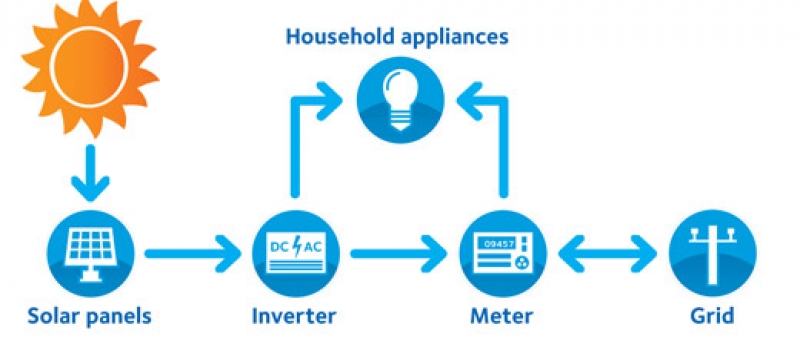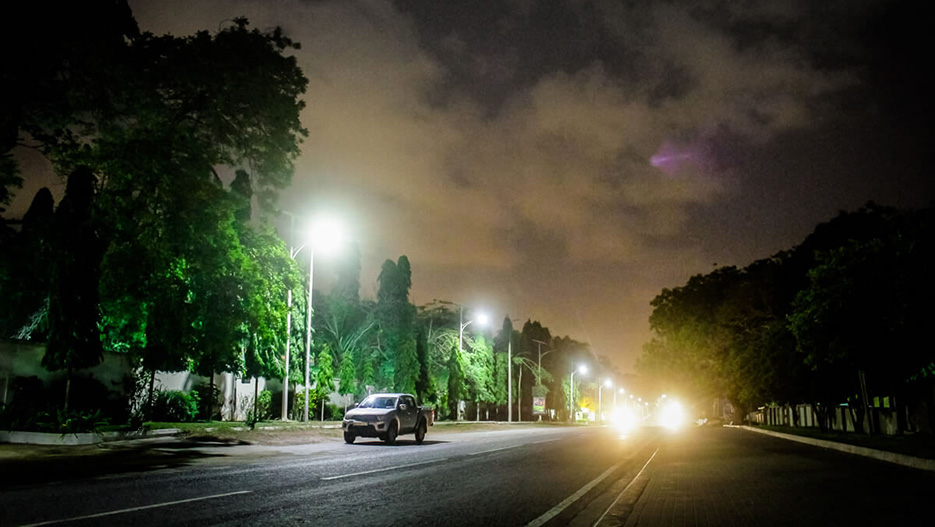Table of Content
- Maintaining and Protecting the Air Conditioning at Your Rental Property
- Open Data
- Managing the Online Reputation of Your Rental Property
- Connect to gas or electricity
- How Property Managers Help Avoid Pitfalls of Hiring Vendors
- Professional Home Energy Checkup
- Tips for Keeping Great Tenants In Your Investment Property
Turbine – The water strikes and turns the large blades of a turbine, which is attached to a generator above it by way of a shaft. Modern hydro turbines can convert as much as 90 percent of the available energy into electricity. At an early age we were taught that electricity and water do not mix. True as that may be, did you know that water is used to generate your electricity?
Sounds weird but one of the oldest sources used to produce energy, that has been around for hundreds of years, is hydropower – using water to power machinery or make electricity. After the turbine burns the natural gas, more power can be produced by utilizing a combined cycle system. This system takes the exhaust heat from the turbine (ranging from 900-1,150°F) and sends it to a Heat Recovery Steam Generator . Based on high demand, the plant can burn as much as 5,000 tons on a day when consumers use a lot of electricity.
Maintaining and Protecting the Air Conditioning at Your Rental Property
This includes free EPB Home Energy CheckupsSM. They’ll conduct a complete analysis of your home, point out where you can maximize your energy savings and recommend quality contractors you can trust to get the job done. You’ll also want to check out the other appliances in the home—such as the fridge, stove, and even the washer and dryer—since these can all contribute to a higher energy bill if they’re out of date. If the home you’re buying comes with any appliances, now’s a good time to give them a once-over and make sure they’ll be up to snuff in the long run. While an appliance wouldn’t necessarily make or break your decision, it’s definitely worth considering—especially if you’re buying an older home.
Transmissions lines are not the same as the power lines that come into your home, but rather are suspended much higher in the air by tall, metal support structures. These transmission lines sometimes end in electrical substations in your area. It all begins at electricity generation facilities, commonly called power plants. There are many different ways to create electricity, though the end result is always the same—large amounts of electric power. After production at a power plant, electricity flows through metal conductors to a switchyard, where it enters a transformer and is stepped up for transmission.
Open Data
Since the gas is lighter than the solution, it rises to the top of the well for capture. Once lifted out of the well, the gas travels through a network of pipelines to be treated and processed. This only covers a few major pieces of equipment we use to keep your power on more than 99.9 percent of the time. Some other vital equipment we use includes highside and lowside breakers, voltage regulators and lightning arrestors.

The fuel pellets are inserted and stacked end to end into slender, heat-resistant metallic tubes, or fuel rods which can range in size from feet tall. The fuel rods are combined to form fuel bundles and on average, 157 fuel bundles are loaded into each reactor core. As the U-235 is exhausted, fission, or the splitting process of atoms, slows, therefore requiring fuel bundles to be replaced every months.
Managing the Online Reputation of Your Rental Property
Nuclear fusion does not carry the same safety risks, and the materials used to power it have a much shorter half-life than fission. Click on the numbers above to learn how electricity gets to your home. We are a non-ministerial government department and an independent National Regulatory Authority. Our role is to protect consumers now and in the future by working to deliver a greener, fairer energy system. Use the Energy Network Association search tool to find your local network operator by postcode. Some independent companies also own areas of the network run by other local operators.

State energy information, including overviews, rankings, data, and analyses. Make sure that the exterior attic vents are not blocked by insulation. Baffle vents may be installed to allow air flow into your attic space. You also should seal any openings or penetrations in the ceiling with flexible caulk and cover the entire attic floor with at least the currentrecommended amount of insulation. Therefore, as your electric devices, such as TVs, lights, microwaves, and refrigerators consume energy, you will be charged by the daily kWh expenditure.
In other words, although at a smaller scale, the energy storage device is a system that allows homeowners to have control over their power flows, just like the ISO has control over the power grid. Predictive models for the load provide ISOs a reference for the amount of power that must be ready to be served at specific times during the day. Dispatchability is still the Achilles heel of energy obtained from intermittent renewable sources.... To understand how enrichment works, picture the gaseous molecules as sand particles suspended in air. All molecules are blown through thousands of filters or sieves, one after another.

Then consider how using them can affect your energy consumption and costs. Unplugging an item when it is not in use can prevent phantom loads. And, consider utilizing smart home energy management systems to monitor and control the energy consumption of devices. If the unit is more than 15 years old, you should consider replacing your system with one of the newer, energy-efficient units. A new unit would greatly reduce your energy consumption, especially if the existing equipment is in poor condition. These indicate air leaks, and they should be sealed with a duct mastic.
The vapor barrier might be tarpaper, Kraft paper attached to fiberglass batts, or a plastic sheet. If there does not appear to be a vapor barrier, you might consider painting the interior ceilings with vapor barrier paint. This reduces the amount of water vapor that can pass through the ceiling. Large amounts of moisture can reduce the effectiveness of insulation and promote structural damage. If the attic hatch is located above a conditioned space, check to see if it is at least as heavily insulated as the attic, is weather stripped, and closes tightly.

The energy running along distribution lines is still too powerful for use in a home, so it hits one last stop, the distribution transformer. Now the energy originally created by your power company is at a safe level that can be used in your home. From the switchyard, the energy travels through lines to the more heavy-duty transmission lines. The transmission lines are made to withstand high-voltage electricity over long distances. Transmission lines are the large metal structures with many lines that you see in open land while driving.
The development of renewables for commercial use in CAEC’s service area, including wind, solar, geothermal and biomass, is considered economically unfeasible when compared with more traditional options. Nonetheless, let’s look at the generation process of these natural fuel resources. In one year a typical nuclear power plant generates 20 metric tons of used nuclear fuel.

In our area, solar would provide about 15 percent of the needed energy in a 24-hour period, requiring another fuel source during the remaining time. The generation of electricity begins at the power plant— where fuel sources such as coal, natural gas or hydro are used to transform water to steam by a heating process. For example, in most coal fired power plants, chunks of coal are crushed into fine powder and are fed into a combustion unit where it is burned.
Scientific and technical understanding of energy has allowed us to generate, transmit and use electricity to heat homes, charge phones, light streets and so much more. In 2012 the U.S. generated more than four thousand billion kilowatt hours of electricity. That’s enough energy to drive today’s electric cars almost 12 trillion miles, or to the Sun and back nearly 12,000 times. After electricity is generated, it goes through five steps before making it to your home. The first step is the high-voltage switchyard, which sends energy to the transmission lines.

No comments:
Post a Comment